Contents
What are AC and DC?
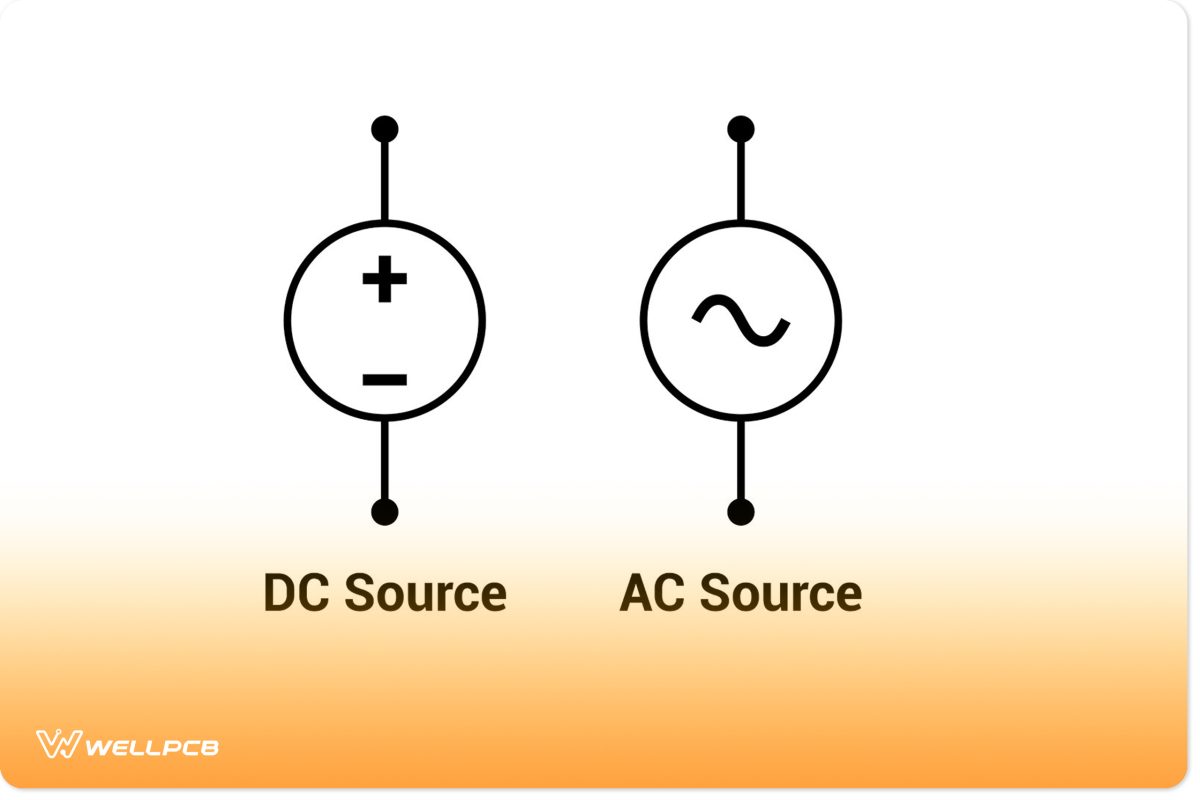
Fig 1: AC and DC Power
Primarily, there are two power types- Direct current (DC) and Alternating Current (AC).
DC Power
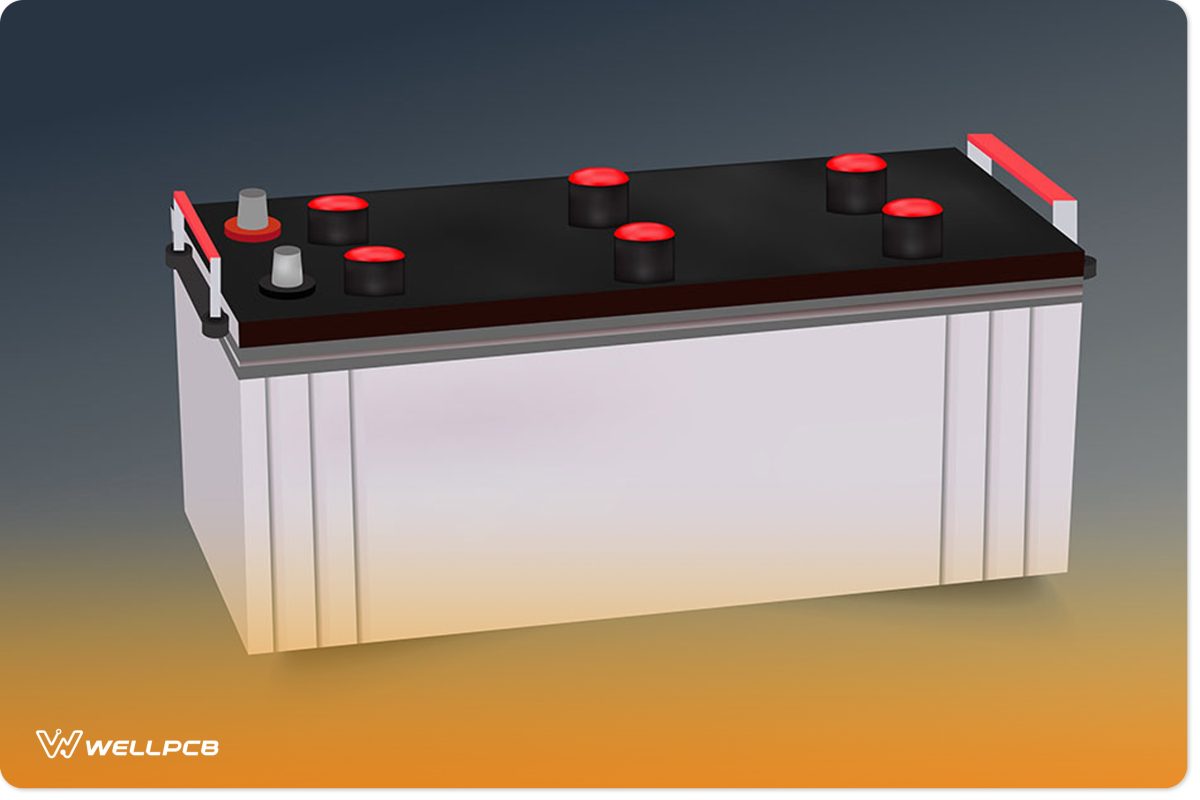
Fig 2:A 12V DC battery
DC electric current flows linearly in one particular constant direction. This flow of electricity is common with solar energy sources, batteries, fuel cells, and modified alternators. Besides, DC sources deliver a constant voltage, thus their significance in powering most simple electrical devices.
It is also possible to generate a Direct current power supply from AC power. It is through AC-DC power supply rectifiers.
AC Power
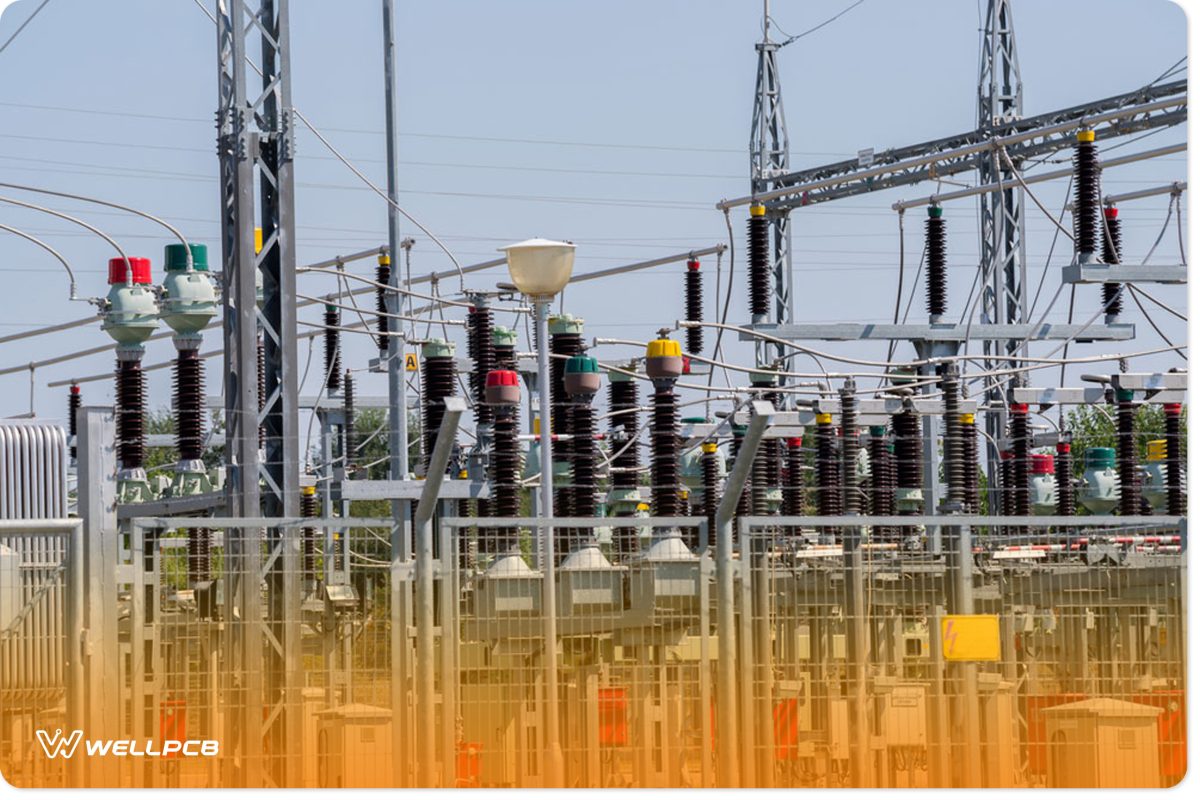
Fig 3: An AC substation power grid
AC power is characterized by periodic switching of the negative and positive sides. This motion creates the sinusoidal AC wave. Also, the direction of the flow of AC changes periodically.
You can obtain AC power from an AC battery, mains electricity/an electricity grid.
Another way you can create AC power is from alternators. Alternators operate by making sinusoidal AC waves as their wire rotates within a casing with varying magnetic polarity. Alternating Current power’s alternating nature means it can travel further than Direct current power.
AC power is handy in most electrical appliances.
AC and DC: Characteristics
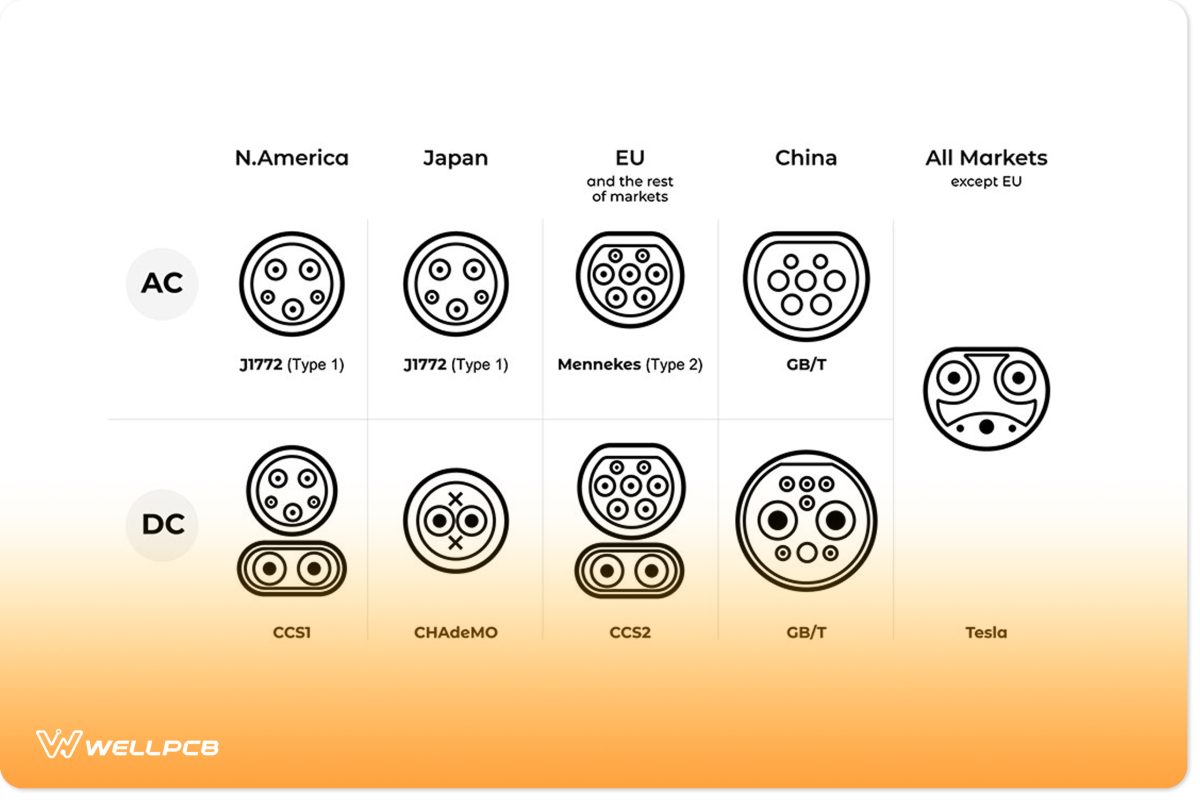
Fig 4: Different AC and DC Charging Systems
The following are some critical characteristics of DC and AC electric power sources.
Characteristics of DC power supply
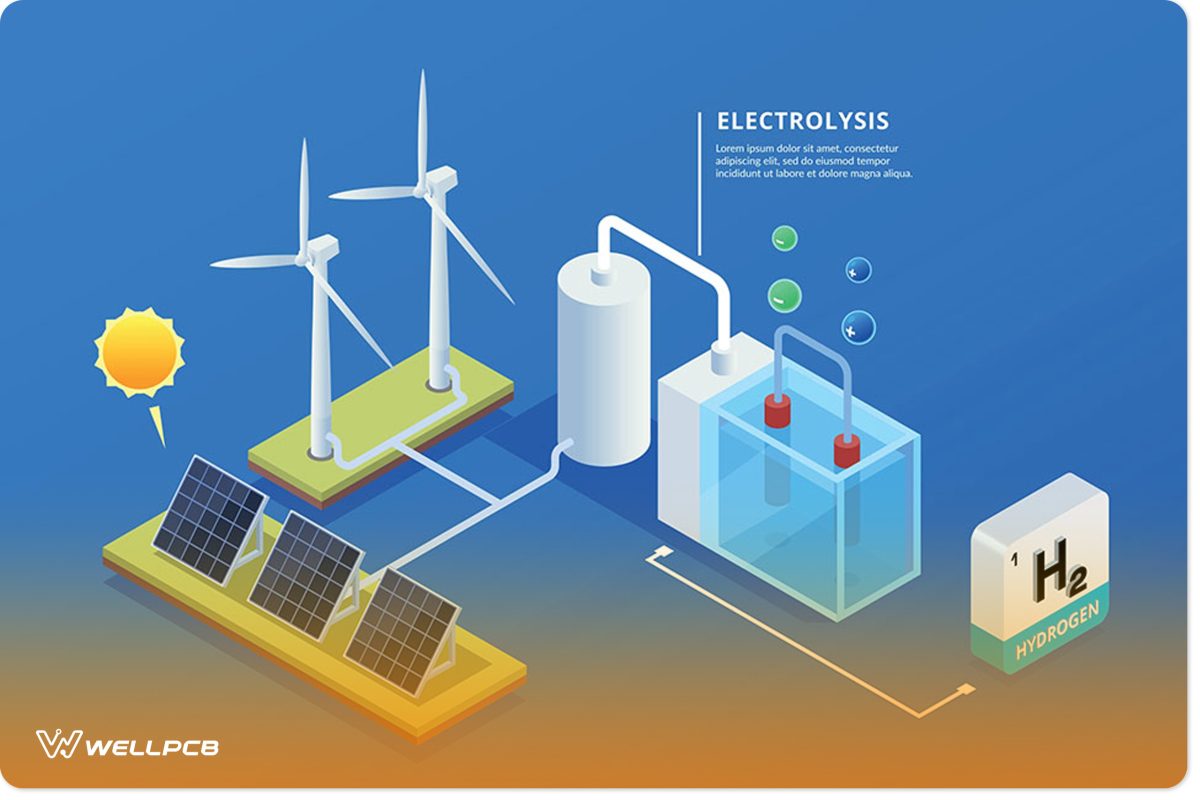
Fig 5: There’s a strong electrolytic effect with DC
Direct current flows in a single direction and its upsides and downsides are as follows.
Advantages of Direct Current
- First, It generates no reactive power.
- It’s also fast and renders no delay in the circuit.
- Finally, unlike AC electric power, it is helpful in battery storage systems.
Disadvantages of DC power supply
- It doesn’t allow current interruption when necessary
- Also, it’s not easy to convert DC voltage to AC
- Finally, DC power has a robust electrolytic effect. It is dangerous to power transmission equipment as it induces corrosion.
Characteristics of AC power supply
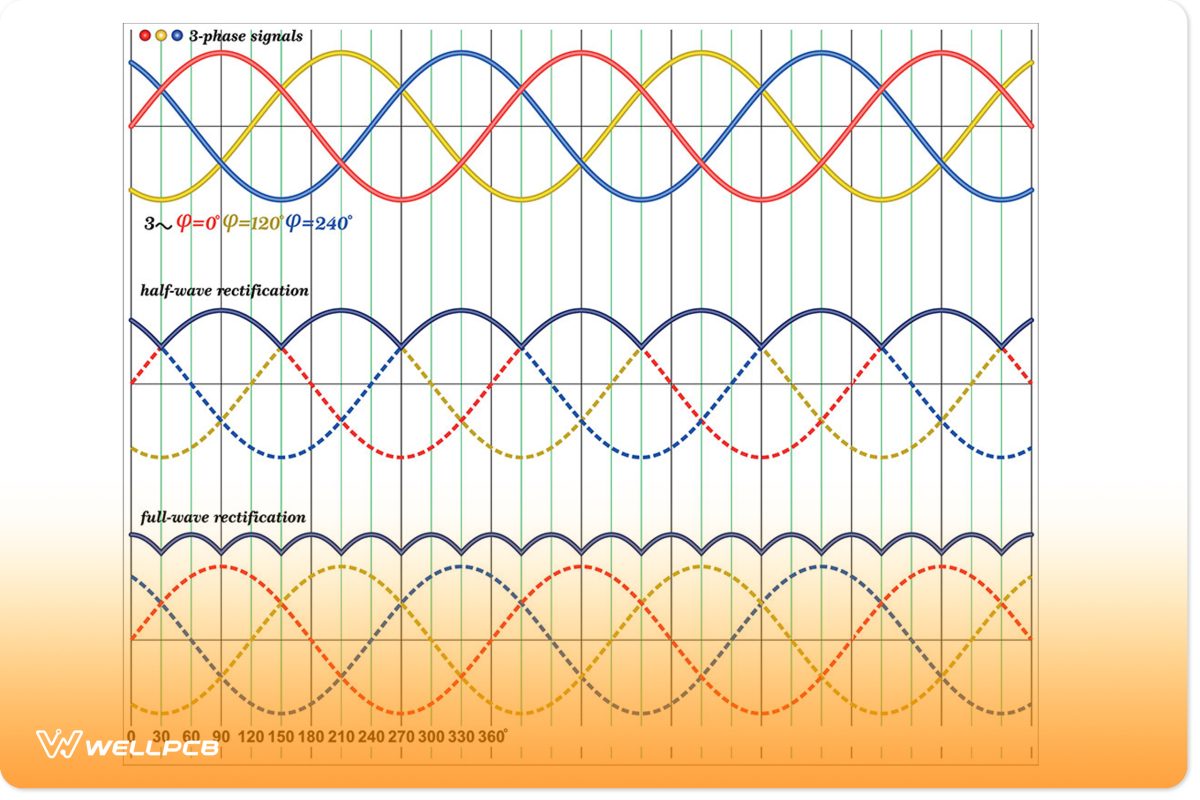
Fig 6: Three-phase AC Sinusoidal waves
Alternating current changes direction and has the following merits and demerits over DC power.
Advantages of AC
- First, It involves significantly high voltage transmission, hence limited power loss.
- Also, you can easily transform the power compared to DC power.
- You can easily turn off alternating electric current even as power is flowing.
- Finally, with AC, you don’t necessarily have to differentiate between the positive and negative. It has one outlet from which you connect devices without worrying about polarity.
Disadvantages of AC
- It would help if you had a higher supply voltage than the necessary output voltage. It is because, with AC, there is power loss via the consistent voltage change as it moves.
- Also, when you connect capacitors and coils to AC, they’ll affect the current flow rate to the load.
- Lastly, AC is not ideal for ultra-long-distance transmissions. Long-distance transmissions require incredibly high voltages.
What’s the difference between AC and DC?
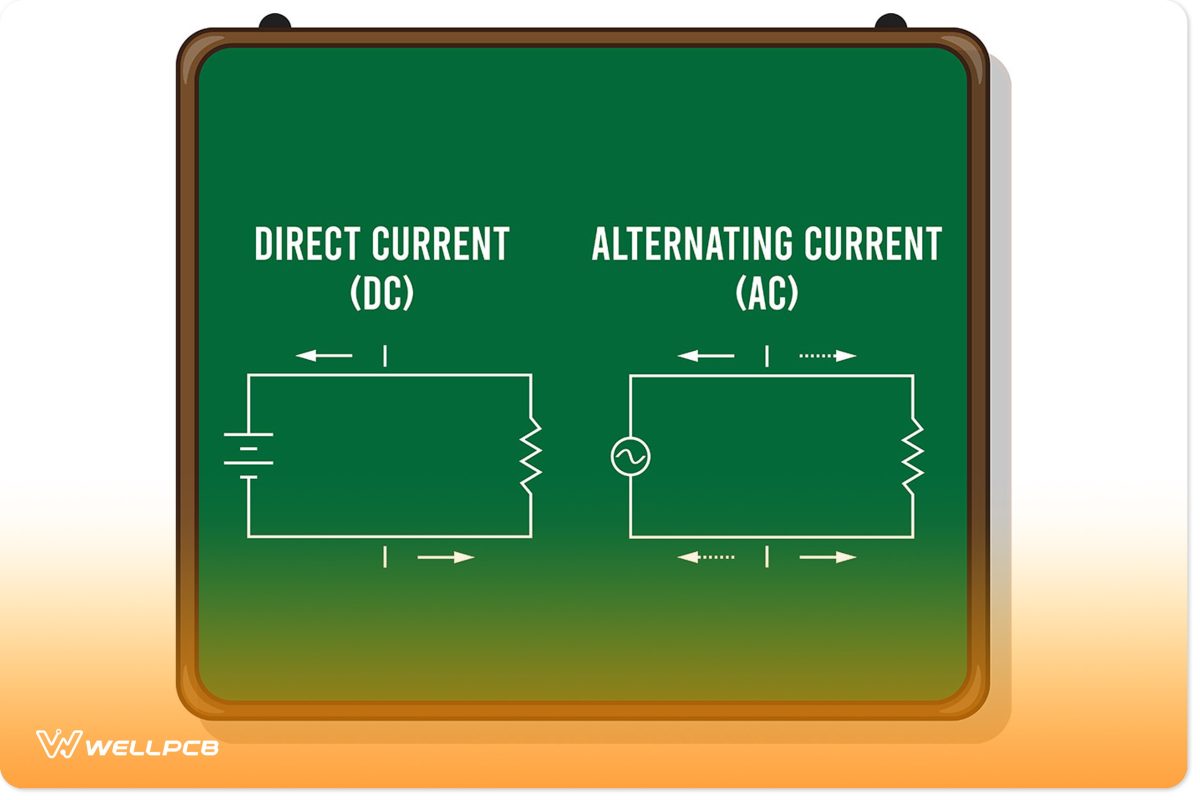
Fig 7: Differences between DC and AC power.
The table below summarizes the key differences between alternating current and direct current.
Conclusion
We have elaborately covered the two main types of electricity. For more, reach out to us at any time.





